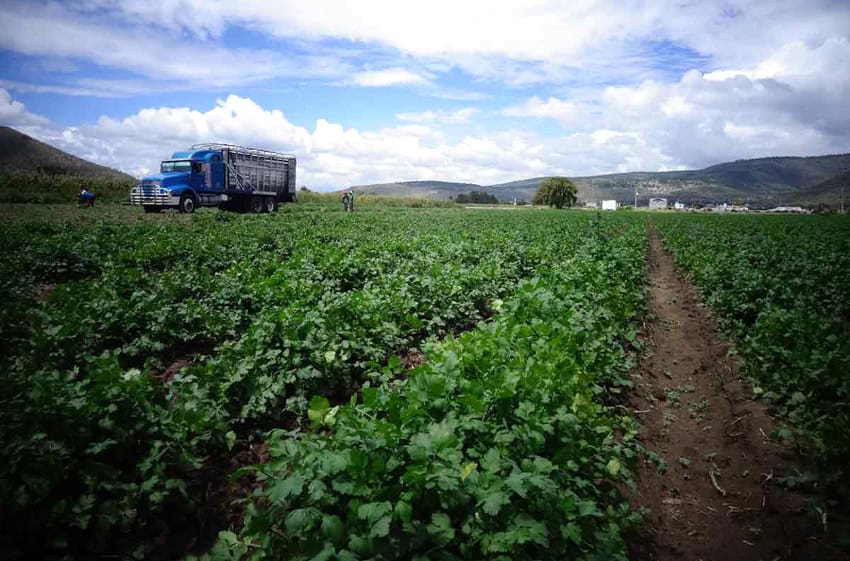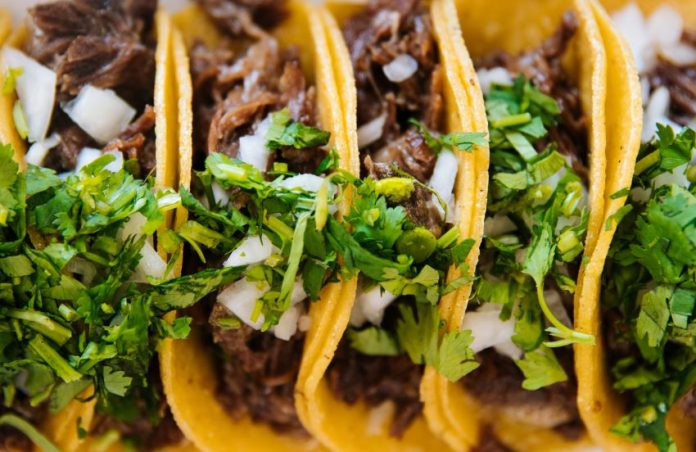First introduced by the Spanish in the 16th century, cilantro is a quintessential part of traditional Mexican dishes, from salsas to tacos to chilaquiles and soups.
As the price of cilantro in Mexico has risen steeply in the past month, some restaurants and vendors are having to cut back on using it, to the disappointment of their customers.
In a report by El País newspaper, a taco vendor in Mexico City told a customer who asked for cilantro on her tacos that he could only serve it mixed with onion, since it’s so expensive right now.
The newspaper reported that in the wholesale market in Iztapalapa borough, the price for a five-kilogram bushel of cilantro went from 130 pesos to 450 pesos in the last 30 days, according to data from the Economy Ministry.
According to the most recent inflation data from the national statistics agency INEGI — the annual headline inflation rate in May rose for a third consecutive month to 4.69%, driven by rising food costs — the price of cilantro in Mexico quadrupled between early May and early June.
Why is cilantro getting so expensive?
Multiple climate factors are impacting cilantro harvests, including drought, hail storms and extreme heat. Another factor is the presence of pests, particularly aphids.

The state of Puebla leads Mexico in cilantro production, with more than 40% of the market. In explaining the price increase, Puebla’s Rural Development Ministry (SDR) pointed to a series of hail storms in April and May that affected up to 60% of all crops in the region, including cilantro, corn, chili, green beans and broccoli.
The presence of aphids — a problem that began three years ago — has also contributed to shortages of the popular herb. The SDR said that aphid infestations led to the loss of 1,000 hectares of cilantro over the past two months.
The pests stunt the growth of cilantro, leading to total crop loss and lower yields, explained Agustín Navarro, a Puebla producer who spoke to the news magazine Forbes México.
Navarro also said that “all the best quality cilantro goes for export” and that up to 80% of the cilantro produced in Puebla is exported to the United States.
Another factor prompting the price increase is that producers are having to spend more on fertilizers and agrochemicals, and hire extra labor to protect the cilantro from pests. These conditions have led some Puebla producers to opt not to plant the herb this summer.
In the state of Hidalgo, another top cilantro producer, extended drought has stunted production. Extreme heat has also made the crop less robust, and unable to withstand transportation to supply centers.
With reports from El País, Forbes México and Mexico Business News
